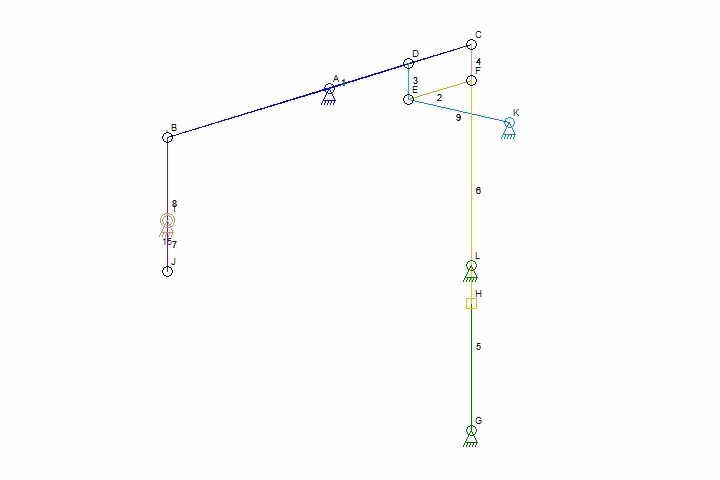bb218
Well-Known Member
The bar looks to be a Circle brand, solid carbide with steel head. I have seen them on Ebay and also you can buy them direct from several Circle distributiers here in the US. Great tools.

Hi Dave,
I got that boring bar and a couple other items from a friend in my archery league that was a retired machinist. It has C.M.C. USA on the side. It is a very nice bar, quite rigid, and takes only a small hole to start boring in. Not sure where to get one, have seen simaler ones in catalogs like McMaster-Carr, Enco, Graingers, usually for a steep price - tough to find a smaller diameter one.
The quick-change tool rest I bought from A2Z Corp - they make a bunch of aftermarket Sherline parts (also got the longer z-axis column for my sherline mill). Really like the quick change setup - have a number of the tool holders that I leave set up with left/right/center cutters, cutoff bar, and boring bar. Nice thing is that the height adjustment stays with the tool holder, so no need to reset the height every time. The one thing I did on there rest was re-mill the bottom surface - they sent it fairly rough, so it would not stay in place, kept rocking/turning under pressure. In their instructions it said to put a piece of paper underneath to prevent that - instead, I remilled the bottom flat, with a slight hollow in the middle, so it would grip properly around the edge when tightened down.
I also got a set of larger-shank tool holders that take replaceable inserts to use with them. Very handy.
Another real handy item are the welders parallel clamps - they are Kant-Twist clamps, in the two smaller sizes. Come in real handy for holding multiple parts together to place into the vice. Grip really well, dont twist parts out of alignment when tightening, and also have a groove on one side of the block that let you grip round stock.
Some of the other items, like the tailstock die holder, are home made - got info on that one from others in the forum, very handy. If you dont want to cut morse tapers, you can get blanks in alum. or steel from places like LatheCity.
Chris
























































































Crueby,
Thank you for showing that setup for milling the columns. Another technique I would never have thought of.
--ShopShoe












Crueby, I'm really enjoying this build! A master craftsman at work not only with lathe and mill but also with saw and file is a pleasure and an inspiration. Thank you for providing such a thorough log.


















Crueby,
This is a beautiful engine, but I have a question.
On other engines of this type, the designers seem to go to great lengths to develop mechanisms that keep the piston rods exactly lined up with the pistons and cylinders. Yours doesn't appear to do this.
On yours, are the rods indeed lined up with the pistons and cylinders throughout their travel or does it appear to matter?
Thanks,
Steve Fox
















Enter your email address to join: